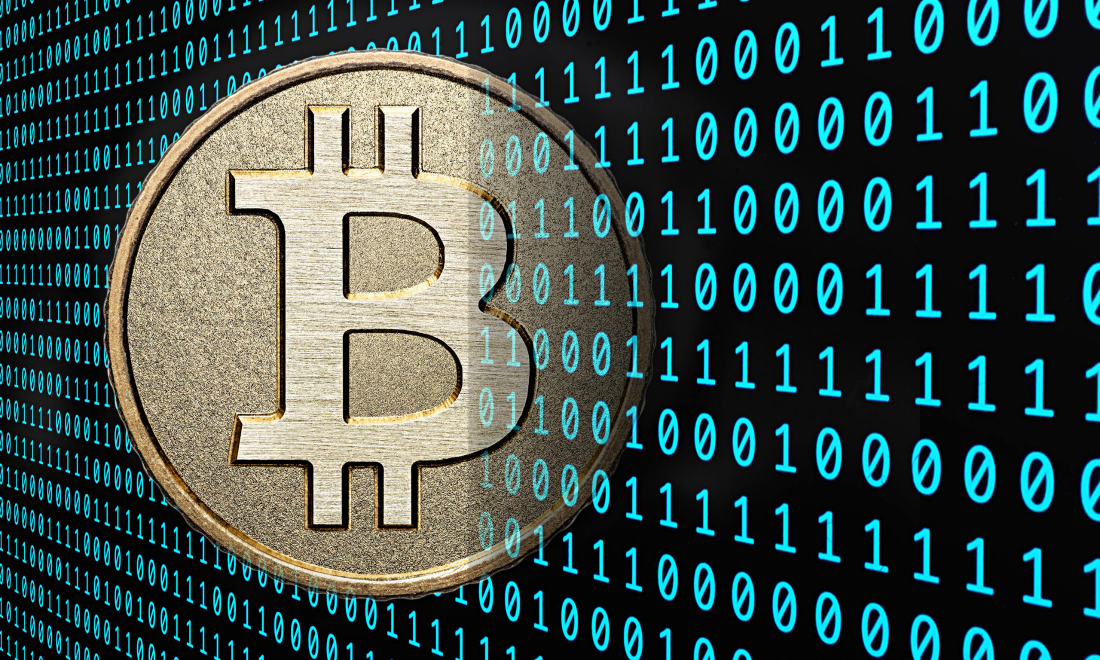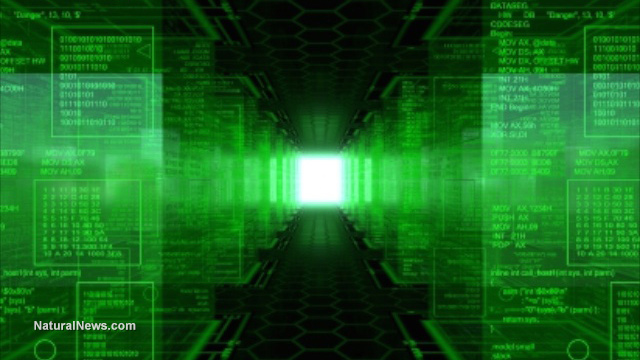Will ISIS launch the next “WannaCry” ransomware cyber attack to cripple America?
06/03/2017 / By JD Heyes

Until the recent “WannaCry” ransomware cyber attack, which experts believe was launched by North Korea and which infected some 300,000 computers in 150 countries, most people outside of the IT sector had no idea such a threat even existed. The idea that some hacker could literally take over a computer, hold its contents and files hostage until the owner paid a ransom seemed more like a script from a Hollywood thriller to them.
Untold millions of people who previously did not think such a thing possible now know that it is. What they probably also realize is that follow-on attacks are extremely likely.
But from whom? Some analysts suggest that al Qaeda, ISIS, or another international terrorist organization (or nation-state) will not only be responsible for some future malware attack, but could also use it to severely cripple an enemy’s infrastructure, even after the ransom is paid. (RELATED: Irony: As U.S. Upgrades To “Smart” Power Grid The Threat Of Cyber Attack Looms Larger)
Experts believe that the principle reason why ISIS and other terrorist organizations have yet to perfect and/or use a radiological, biological or chemical weapon is that they fear they could not control the fallout from such attacks, Foreign Affairs reported. Such attacks “could end up harming the members of the communities that the terrorists are purportedly fighting for and could therefore be counterproductive,” the magazine noted.
Others say it’s because they just haven’t perfected the weaponization process.
In the wake of the WannaCry attack, it may not matter. Now, terrorist organizations have a ready-made, fully operational electronic weapon which they could unleash on Western governments including the United States, the latter of which, most definitely, offers a target-rich environment.
As Foreign Affairs noted:
Terrorists could use cyber capabilities to target any sector. But the most vulnerable industries are those with high proportions of old infrastructure onto which new technology has been grafted. According to a report from the U.S. Bureau of Economic Analysis, in 2015, the average age of all fixed assets in the United States stood at 22.8 years, with hospitals and utilities some of the worst culprits. This average age is the oldest reported since 1925 for government assets and since 1955 for private assets.
Imagine if terrorists just targeted the agricultural industry with a major cyber attack. According to a recent study, agriculture in the U.S. ranked at the bottom of 22 American industries in terms of most digitized to least. Those industries at the bottom then, like agriculture, are the most vulnerable to WannaCry attacks similar to malware cyber assaults.
Think about a situation where a hacker gained control over a large agricultural operation and flood a year’s harvest in just one click, destroying it, a vital food chain link, and that farming operation’s cash flow. Or what if a hacker instead leaked sensitive information about soil moisture and yield, or “the nature of the plant germplasm being grown, which could be held for ransom, similar to the WannaCry attacks,” the magazine noted.
This is no longer science fiction; it’s real and well within the realm of possibility for terrorist organizations. (RELATED: ‘Critical Infrastructure’ Defined As Vulnerable To Cyber Attack Include Malls, Zoos And Power Grid)
Recall that while the U.S. was largely spared in the WannaCry attack, vital transportation and healthcare systems were affected in Europe, Russia, India and elsewhere; with America’s aging infrastructure, one attack could spread chaos and sow economic calamity with the click of a mouse.
Here’s what you can do to protect yourself:
— Back-up your computer data often; if you have to buy a “cloud” service, it will be worth it rather than lose all of your information to a ransomware attack.
— Learn to grow some of your own food. Now is the perfect time of year to do so. Educate yourself; experiment with different crops. Learn to can/store your food. Buy a dehydrator.
— Keep up-to-date paper records of your financial assets, so that if your bank gets hacked, you may have a way to recoup your life’s savings when systems come back online. Keep some cash on hand at home as well.
— Stay informed about the latest cyber threats.
J.D. Heyes is a senior writer for NaturalNews.com and NewsTarget.com, as well as editor of The National Sentinel.
Sources:
Tagged Under: cyber attack, ISIS, prepper, ransomware, terrorism, WannaCry
RECENT NEWS & ARTICLES
COPYRIGHT © 2017 COMPUTING NEWS




















